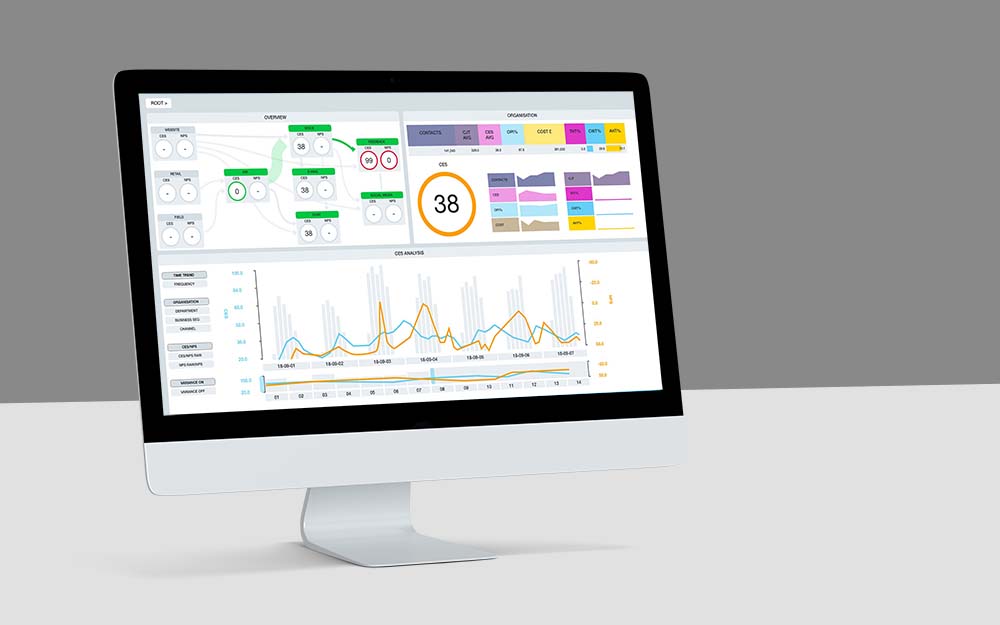Contact centres have always been about numbers; reporting is very important. Initially, the focus was on abandon rates, the average speed of answer and average handle time. However, it became apparent a call answered quickly did not necessarily ensure customer satisfaction. So we began measuring Customer Satisfaction (CSAT), which was certainly more difficult to quantify.
Research indicates that higher customer satisfaction results when callers are able to resolve their issues on their first call to customer service. A study conducted by Customer Relationship Metrics found that “CSAT ratings will be 35%-45% lower when a second call is made for the same issue.” Another study, conducted by Service Quality Measurement Group, revealed that for every 1% improvement in FCR, you get a 1% improvement in CSAT. Findings from a study on FCR conducted by ICMI further support that claim: More than three in four study respondents that reported an increase in FCR over the previous 12 months indicated a resulting increase in CSAT.”
This has led to a focus on measuring First Call Resolution (FCR) analytics.
Next, we learned delighting our customers wasn’t as important as making things easy for them, and this introduced a new metric: the Customer Effort Score (CES).
Now the focus is on customer journeys and making things easy for the customer across various channels (website, IVR, email, voice call, etc.). Customers are tired of repeating themselves, providing the same information to a company over and over. Many of them want to be able to resolve their issues online, and only make a voice call when they’re unable to do so.
The recent Nationwide ad campaign takes a humorous look at what lengths people will go in order to avoid calling their insurance company.
The newest generation of omnichannel contact centre technology addresses this need to know about a customer’s previous contacts, regardless of channel (website, phone call, email, etc.), and gives agents the tools that allow them to be more effective in their interactions with customers. This can provide companies with a lot of information about customers and their behaviour. It’s possible to track customer’s contacts with a company through multiple channels and construct a journey map that tells the story of how each customer has interacted with the company.
This kind of information can yield valuable insights to companies willing to invest in the tools and resources needed to extract the information. Data analytics tools can provide trending information, but more importantly, companies need to invest in the people needed to dig into the data and find the nuggets of valuable insights hidden in the mass of data. The data can contain important information about root causes of customer behaviour, triggers of customer frustration and even insights into what is going well. The skills needed to dig into and analyze this data may not exist with current staff.
An investment in the newest technology is great, but in order to gain the most benefit from it, companies must also invest in the tools and people needed for the effective analysis of the information.







